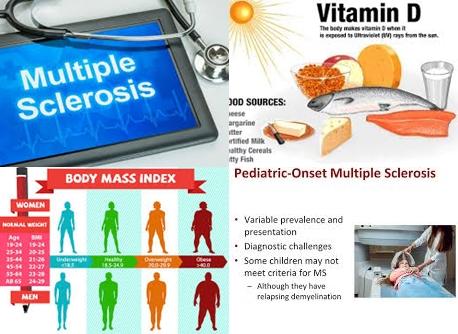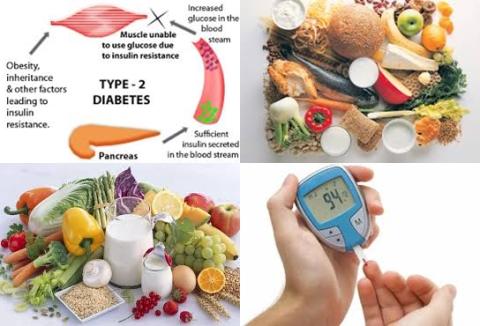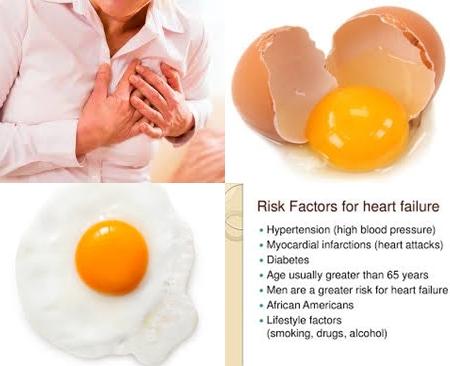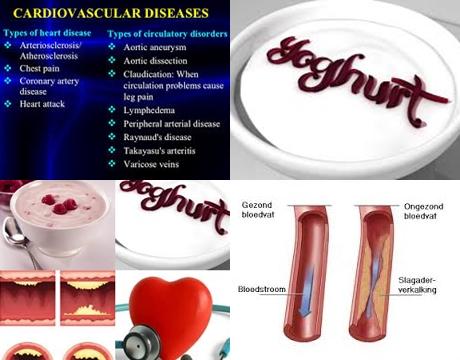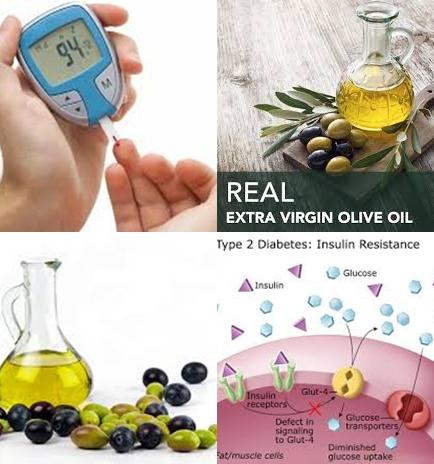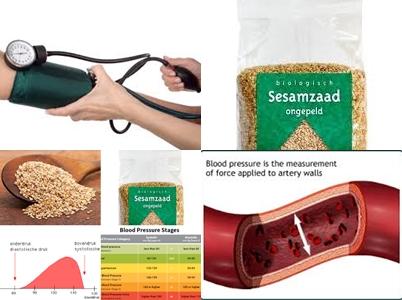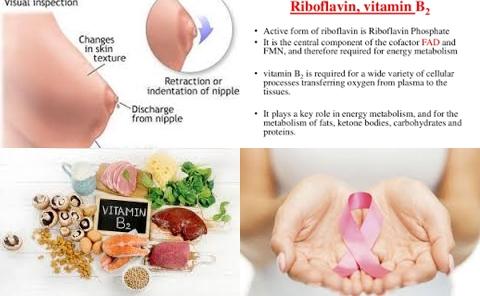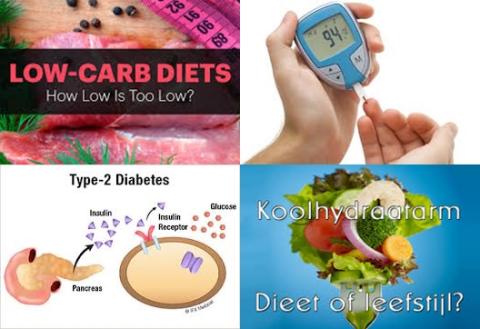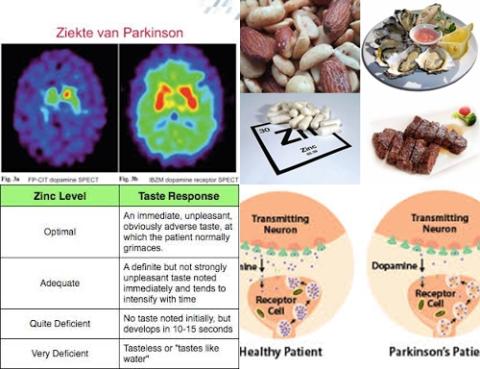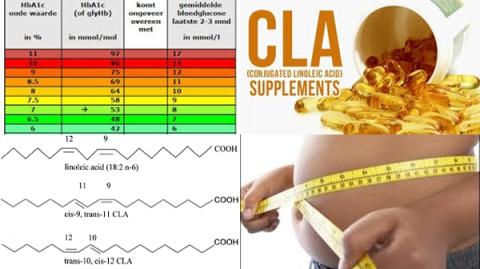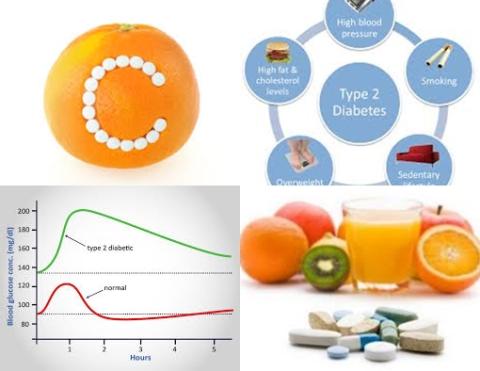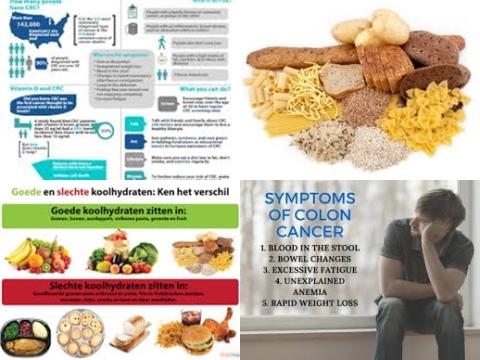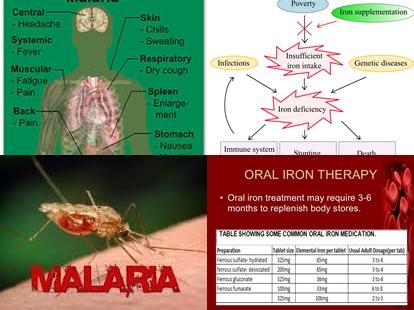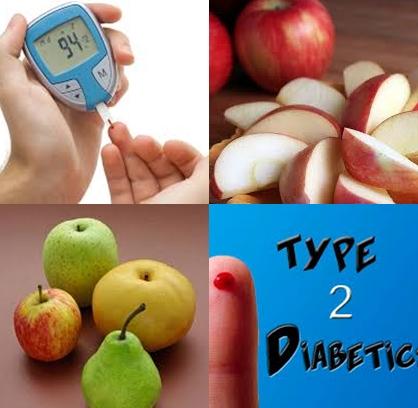Vitamin A supplementation is associated with a clinically meaningful reduction in morbidity and mortality in children aged six months to five years
Objectives:
Vitamin A deficiency (VAD) is a major public health problem in low- and middle-income countries, affecting 190 million children under five years of age and leading to many adverse health consequences, including death. Based on prior evidence and a previous version of this review, the World Health Organization has continued to recommend vitamin A supplementation for children aged 6 to 59 months. There are new data available from recently published randomised trials since the previous publication of this review in 2010. Therefore, this meta-analysis (review article) has been conducted.
Does vitamin A supplementation (VAS) prevent morbidity and mortality in children aged six months to five years?
Study design:
This review article included 47 RCTs (4 of which are new to this review), involving approximately 1,223,856 children. Studies took place in 19 countries: 30 (63%) in Asia, 16 of these in India; 8 (17%) in Africa; 7 (15%) in Latin America and 2 (4%) in Australia.
Results and conclusions:
The investigators found in 19 trials (1,202,382 children) at longest follow-up, there was a 12% observed reduction in the risk of all-cause mortality for vitamin A compared with control using a fixed-effect model [risk ratio = 0.88, 95% CI = 0.83 to 0.93; high-quality evidence]. However, this result was sensitive to choice of model; a random-effects meta-analysis showed a different summary estimate [24% reduction: RR = 0.76, 95% CI = 0.66 to 0.88].
The investigators found in 9 trials (1,098,538 children) reporting mortality due to diarrhoea showed a 12% overall reduction for vitamin A supplementation [RR = 0.88, 95% CI = 0.79 to 0.98; high-quality evidence].
The investigators found no significant effect for vitamin A supplementation on mortality due to measles, respiratory disease and meningitis.
The investigators found in 15 trials (77,946 children) vitamin A supplementation reduced incidence of diarrhoea with 15% [RR = 0.85, 95% CI = 0.82 to 0.87; low-quality evidence].
The investigators found in 6 trials (19,566 children) vitamin A supplementation reduced incidence of measles with 50% [RR = RR 0.50, 95% CI 0.37 to 0.67; moderate-quality evidence].
The investigators found no significant effect for vitamin A supplementation on incidence of respiratory disease or hospitalisations due to diarrhoea or pneumonia.
The investigators found in 4 trials (10,541 children) an increased risk of 97% for vomiting within the first 48 hours of vitamin A supplementation [RR = 1.97, 95% CI = 1.44 to 2.69; moderate-quality evidence].
The investigators concluded vitamin A supplementation is associated with a clinically meaningful reduction in morbidity and mortality in children aged six months to five years. Therefore, it is recommendable to maintain the policy of universal supplementation for children under five years of age in populations at risk of vitamin A deficiency. Further placebo-controlled trials of vitamin A supplementation in children between six months and five years of age would not change the conclusions of this review, although studies that compare different doses and delivery mechanisms are needed. In populations with documented vitamin A deficiency, it would be unethical to conduct placebo-controlled trials.
Original title:
Vitamin A supplementation for preventing morbidity and mortality in children from six months to five years of age by Imdad A, Mayo-Wilson E, […], Bhutta ZA.
Link:
https://www.ncbi.nlm.nih.gov/pubmed/28282701
Additional information of El Mondo:
Find more information/studies on food fortification/malnutrition and vitamin A right here.

